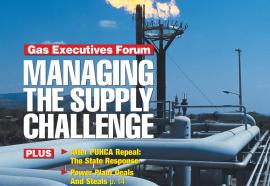Pondering PJM's Energy Price Run-Up
Does inappropriate market power explain the increase during late 2005?
Beginning around June 2005, prices in the PJM day-ahead locational market pricing energy markets and real-time pricing markets rose precipitously. Based on publicly available information, our study concludes that these price increases are not fully explained by higher loads and higher commodity fuel prices. Could higher energy prices be the result of the inappropriate exercise of market power rather than the appropriate result of market dynamics operating in the presence of scarcity?




